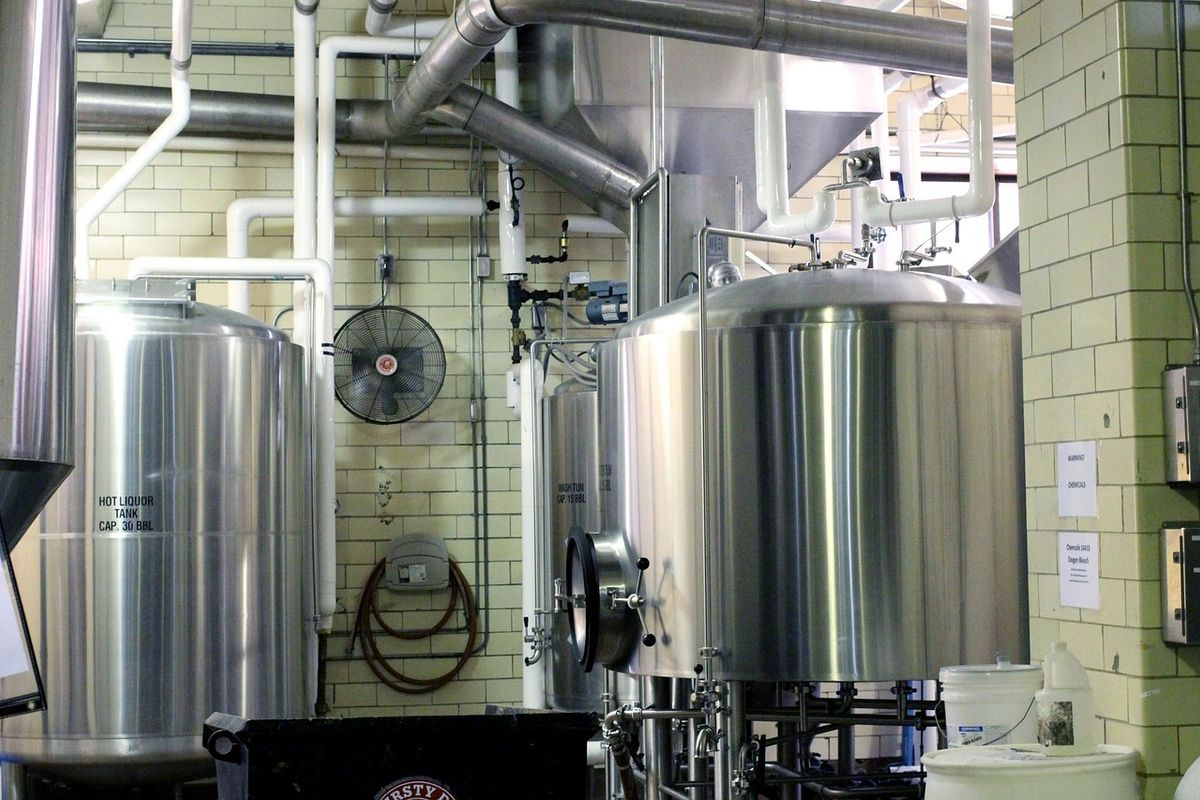Why You Should Consider It
Insulation is not exactly an earth-shattering concept. It's low-tech, easy to employ, and a significant ROI can be achieved. Unfortunately, insulation is often overlooked by companies, for a vast array of reasons. That's a shame because a well-managed insulation project can bring significant savings to the table.
So let's look at the different reasons companies don't usually consider these projects, and what they can bring.
Valve bag insulation is usually low priority
The majority of industrial settings use steam and hot water throughout their respective process.
These processes' main objective is output/production throughput. Maintenance teams servicing these processes are tasked to keep the systems up and running at all costs, with as little downtime as possible.
Taking this into consideration, you can’t blame maintenance teams for rating valve bag insulation as a low priority. They often have more important tasks to complete.
Demonstrating Insulation Savings is Hard
The savings are there, no one can deny that, it's physics, but it is often a challenge to demonstrate these savings.
If you go looking for Capital Expenditure for a valve bag insulation project, the financial department will want to see a projected ROI. Most teams will give up at this stage.
As mentioned, their main objective is to keep the plant running smoothly, and, coming up with ways to verify savings on a potential project can seem like too much hassle.
It’s very usual for me to see this when going to new sites, and it always baffles me: CoolPlanet has carried out so many of these projects, coming up with various ways to measure and verify the associated savings in CoolPlanetOS , depending on site infrastructure.
We have so much experience we know there are huge savings attainable, especially if you compare them to the money, time and effort invested to get them. It’s basically easy pickings at this point.
Rolling Out Insulation Projects Correctly Is A Challenge
In order to be able to measure savings related to insulation projects, actions need to be taken in a timely fashion.
There are so many variables in processes that can impact steam and hot water consumption levels, and it is preferable to implement valve bag insulation upgrades as fast as possible to be able to measure savings.
In the past, a factory might concentrate on upgrading the insulation area by area, which is most definitely the way to go but unfortunately as mentioned above, it’s a task that is seen as low priority, and rightly so.
If something happens that needs maintaining and is affecting output, insulation takes a back seat. Because of this, it often ends up being a drawn-out process and sometimes the savings get lost in all the variables that impact the process.
How to Make Your Insulation Projects More Efficient and Tackle Those Issues
Since valve bag insulation projects are low on the priority list, and will most likely be in the future, one of the only ways to get them done, and get these savings rolling, is to bring in outside help, mainly in the form of outside contractors.
The project can then be completed in a timely manner, with no distractions from the task at hand.
How to Demonstrate How Much An Insulation Project Will Save
There are multiple ways to demonstrate and verify savings competently. The direction you take will depend on what you have at your disposal. This will be different from site to site.
First and foremost the cost of steam/hot water production must be ascertained. For steam this would involve :
- The cost of chemicals treating the water
- The electrical cost of pumps feeding water to the boiler
- The cost of fuel
The best way to carry out an M&V is when the site has multiple steam meters and hot water meters. For example, the process might be split into four different areas and each area will have a dedicated steam meter/hot water meter.
If the project is undertaken in a timely fashion and carried out area by area, the savings will be clear as day and the meters in question will identify a drop in consumption.
If you are not meter rich onsite, you can look at the fuel consumption of the boiler and compare it to a more efficient boiler . In this case, it is even more important that the works are carried out in a timely manner and that operating conditions in the M&V report are similar before and after.
If you have no meters that you can confidently call upon then there is always an engineering calculation.
There are many out there but this is the one I prefer to use as it includes multiple variables and is highly accurate and meets the requirements of ASTM C 680 Heat loss and surface temperature calculations.
This should also be used to back up the two techniques above along with thermographic pictures on a sample of around 10% of valve bags installed.
Conclusion: Valve Bag Insulation Works!
Valve bag insulation, although not a very glamorous solution, is highly effective when managed and proven in the correct way depending on the situation. Read this case study of an NYSE-listed pharmaceutical company that insulated its valve bags, among other projects.





